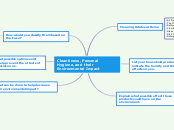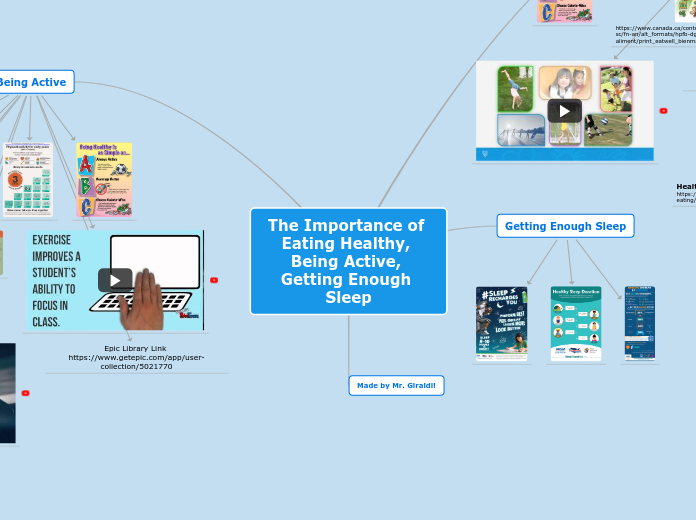por Matt Blackett hace 14 años
685
Problems Associated with Rapid Urbanisation
Rapid urbanisation poses significant challenges, notably in health and sanitation. The healthcare infrastructure often lags behind the population growth, leading to insufficient medical facilities and professionals.









